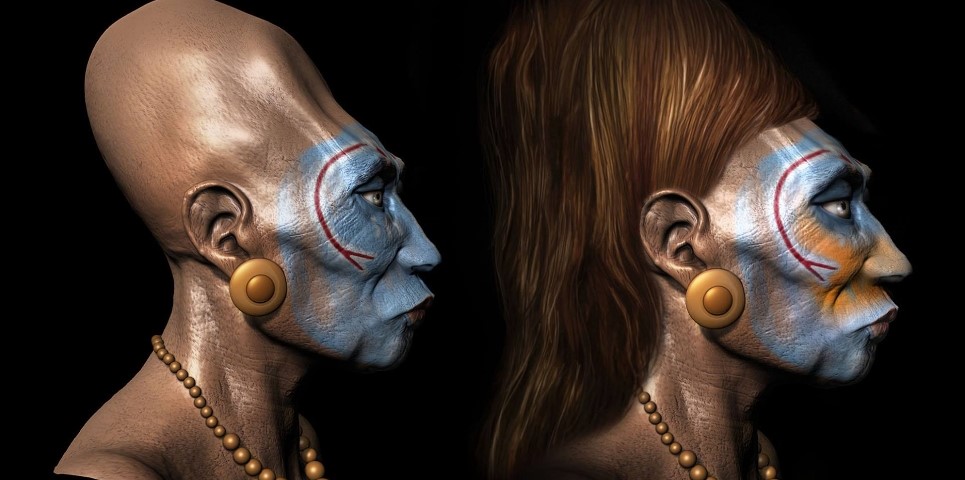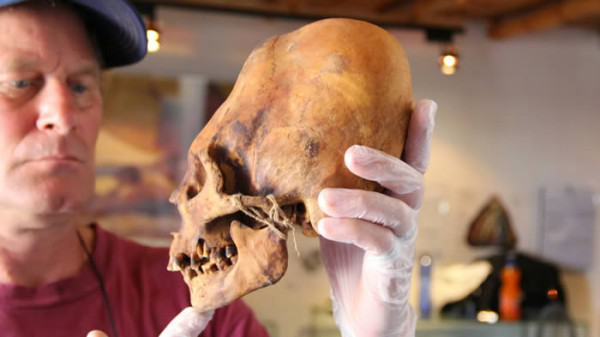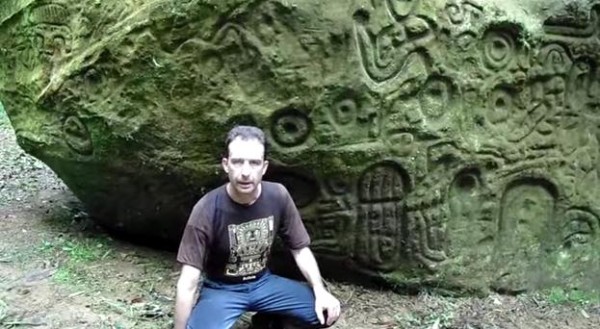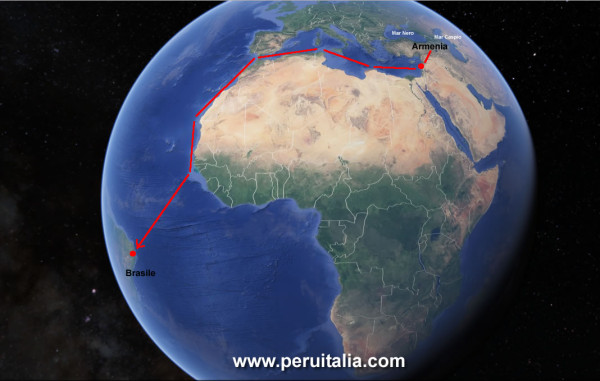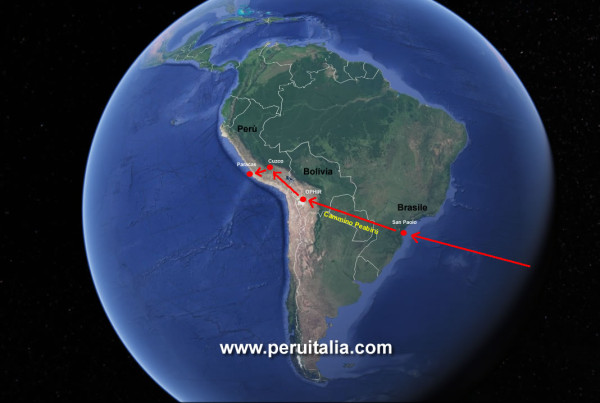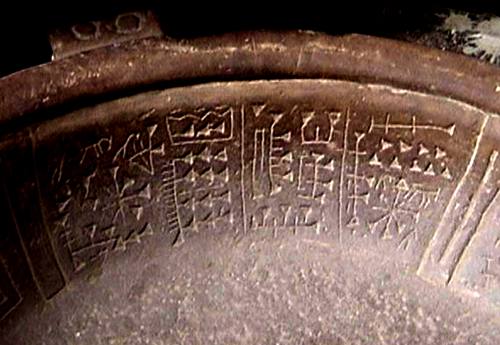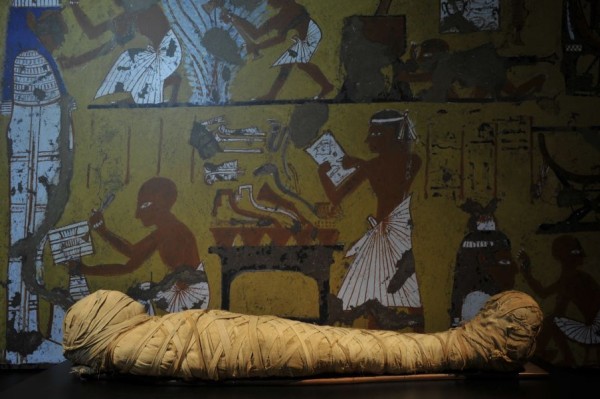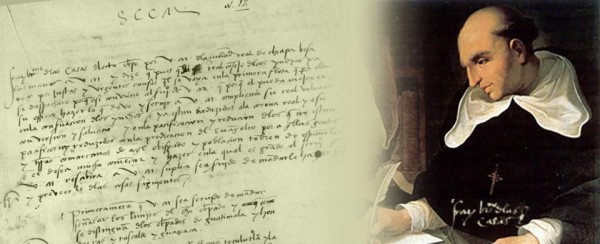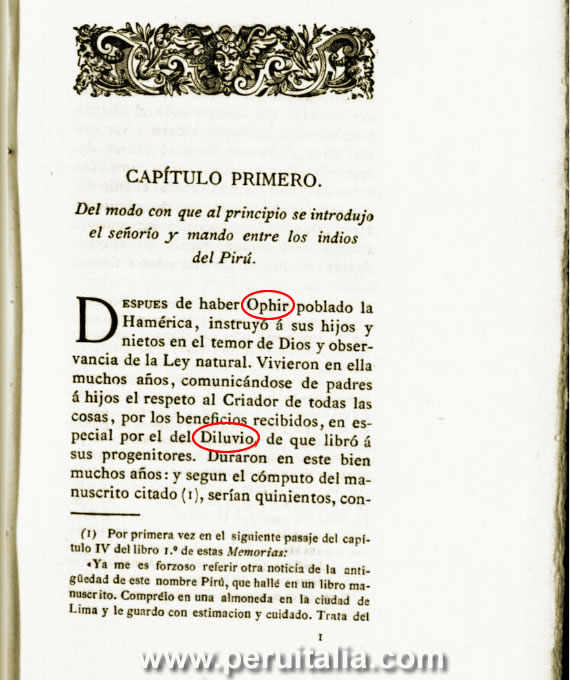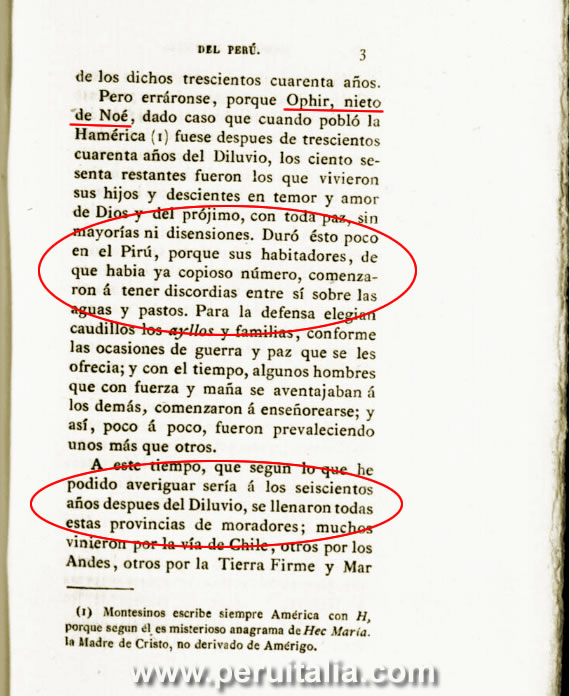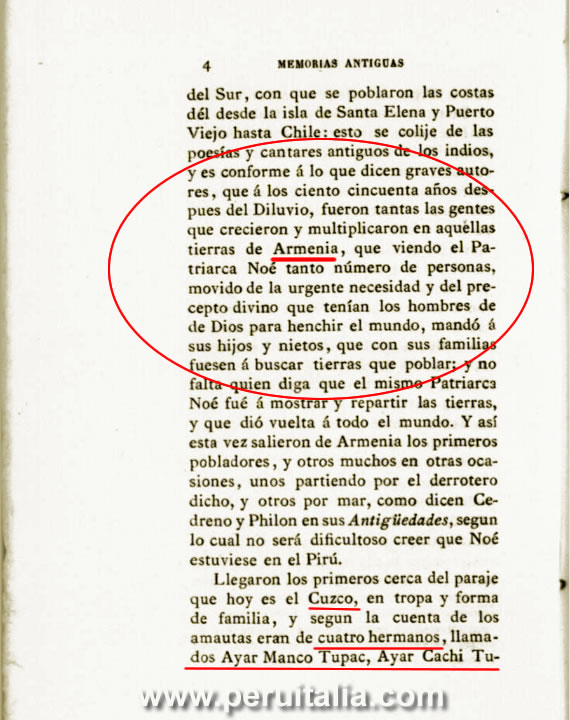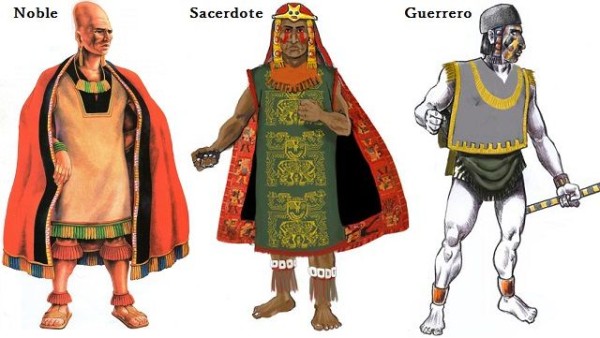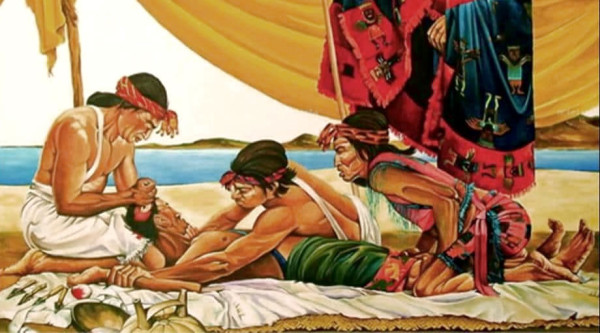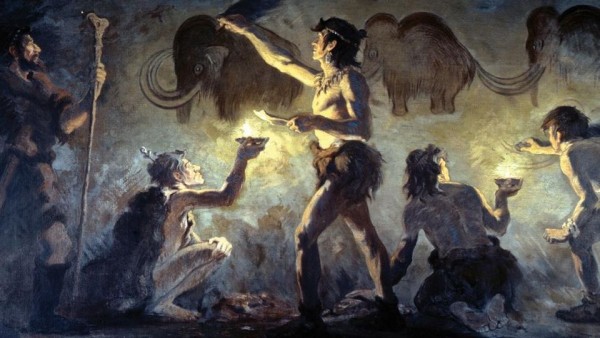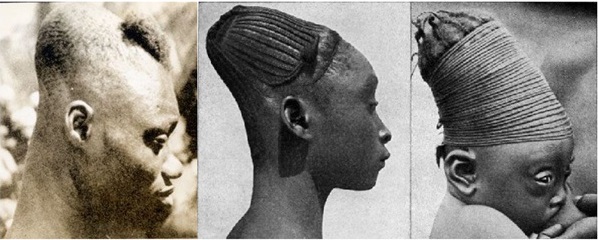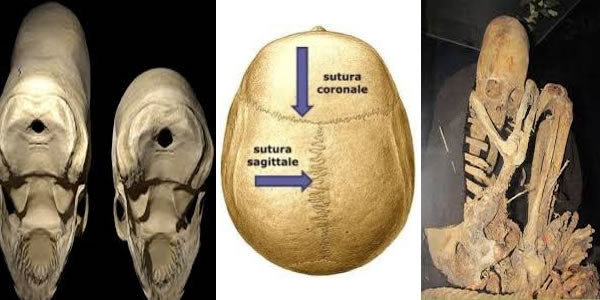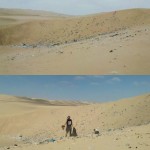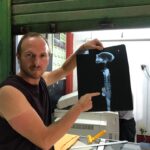After much research and the collection of various historical sources and data, they tell you the incredible interoceanic migratory history of the people of Paracas.
How some of these people came from the other side of the world to settle in the Paracas area even 3000 years ago.
They were originally from #8217;Armenia, area between the Black Sea and the Caspian Sea and embarked on an unthinkable journey in the days of that time, more than 13000 km!
An impossible story that has recently become a reality, confirmed by scientific evidence obtained through the latest DNA analysis done on 18 elongated skulls of Paracas of those times by Canadian researcher Brien Foerster.
Brien explains:
"The results we got from four elongated skulls, were of haplo group B. This shows that they were Native American ancestors, But most of the samples don't belong to this. The most common haplo group that is repeated in the analyses is The U2E and also the H and within this, H1A to and H2. Looking for the area where this type of haphalogroup predominates, we get to a place between the Black Sea and the Caspian Sea, in the Caucasus mountains. What it turns out is very intriguing, that is to say that the inhabitants of Paracas came from the Middle East and at some point moved to Peru. But why? I think about three thousand years ago, some Armenians, they traveled as far south as Iraq and Iran to the Persian Gulf, where they boarded (on Phoenix boats) setting sail to the coast of Peru".
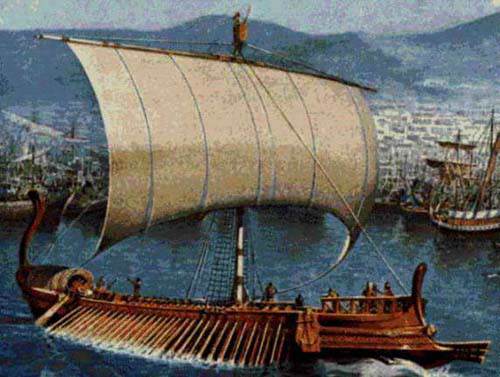
"We are facing a migratory pattern because these people had red hair and white skin, features that seem to correspond to various elongated skulls of Paracas".
Brien Foerster evidence that very similar elongated skulls were also found in the Black Sea area, Crimea.
The culture of Paracas ranges from about 2000 a 3000 years ago and the enlarged skulls of Crimea coincide precisely to this era.
During this period it also appears that the date palms in Paracas also date, but there are none in the north and south of this area. Besides, none of this area eats them or even use palm leaves, but in the Middle East date palms are some of the most important plants, both for their fruit and for the leaves.
These scenty tests, already in itself irrefutable, today they find a triple response also written in the Bible, In sumere cuneiform tablets and Fernando de Montesino's ralate: Writer, Spanish historian and priest. One of the first historians to collect the ancient memories of the natives at the beginning of the century 1600, before they were permanently erased from colonization.
Let's start, however, from the Bible that tells us the events of King Solomon, son of King David (the famous biblical hero who killed the Giant Goliath in the war against the Philistines). King Solomon reigned for 40 years between 970 and the 930 Bc., just in the years when the people who arrived at Paracas embarked on their long journey to the Americas.
Here's what Italian researcher Yuri Leveratto writes:
King Solomon's most important work was the construction of the Temple of Jerusalem, where he had deposited the Ark of the Covenant, which contained the tablets of the Law, According to tradition, had been delivered to Moses by Jehovah.
To build the Temple of Jerusalem, Solomon needed a disproportionate amount of gold and silver, that is procured, According to the Book of Kings in the Bible, in the legendary country of Ofir.
Its fleets commanded by experienced Phoenician navigators departed from the Red Sea and went back after three years of sailing, filled with gold, silver, precious stones and fragrances.
“In my opinion it is possible that the legendary land of Ophir was actually the Alto Perú, (the current Bolivia), with its huge silver mines of Potos.
One of the earliest proponents of the theory of the ancient presence of the Phoenicians in Brazil was the Austrian history professor Ludwig Schwennhagen (Twentieth century), who in his book "Ancient History of Brazil", cited studies of Humphrey IV of Toron (Twelfth century), which in turn had described the travels of Phoenician ships to the estuary of the Amazon.
PHOTO: Sea trip from ’Armenia to Brazil.
PHOTO: Journey by land from Brazil to Peru.
As we know, are various archaeological and documentary evidence on the possible presence of ancient Phoenicians (or Carthaginians), in Brazil: the stone of Paraiba, the pictograms of the Pedra de Gavea and the petroglyphs of Pedra do Ingà.
However, there is another archaeological evidence suggesting a probable coincidence of Ofir's land with Upper Peru: the existence of an ancient and very long path, said in Portuguese "Caminho do Peabir", that from the present coast of the State of São Paulo and Santa Catarina (Brazil), leads, after about 3000 kilometers, own up to Potosi, and continues to Tiahuanaco and Cusco.
In the Tupi Guaranì language the word "Peabirù" means: "Path of return", as if to signify that someone in the past percorresse to trade and obtain silver and gold.
The path of Peabirù has been studied recently by Brazilian archaeologists who determined that it began in the area of San Vicente. Another trunk of the path beginning at the current state of Santa Catarina. They both went into the forest, the so-called Mata Atlantica, today almost totally disappeared. So the two branches of the path joined at the current state of Paraná, where its width reached 1,4 Meters. The path followed up to the present city of Corumbá and entered in today's Bolivia near the town of Puerto Suarez. So after going through the grasslands of the Chaco, headed up to Potosis.
The existence of the ancient path of Peabirù is important, because it proves that it was possible, from the coasts of Brazil, reach the Cerro Rico in Potosi (the world's richest silver mountain in Bolivia), with a journey of about 2 Months.
But it is possible that Peabirù's path was known by the Phoenicians and therefore also by King Solomon already 3000 years ago?
It's possible that Ofir was actually The High Peru?
If we consider that King Solomon's ships departed from the Red Sea and returned after about three years of travel, the coincidence of Ophir with Alto Peru might not be just a guess.
Thanks to the ADN of the people of Paracas today we have the certainty.
But who would have provided the Phoenicians with valuable information about the location of the rich country rich in silver and gold?
Looking back in time we can advance the hypothesis that the Sumerians already knew the path of Peabirù, based on the famous find of the Fuente Magna, the ceremonial vase preserved today in La Paz.”
La Fuente Magna is a vase found in Bolivia in 1960 about, with inscriptions in Sumeri wedge characters that you have also managed to translate. One of the biggest evidence to date of the #8217 Arrival of the Sumerians in America.
C’is, but a’other evidence, very important, which this time was found not in South America but in some Egyptian mummies in Africa by German scientist Svetlana Balabanova.
Let's assume that the coca plant (erytroxylon coke), is native to South America and doesn't grow up in any other environment. On 1990 however, traces of cocaine have been found in some Egyptian mummies dating back to 1070 BC. and the 395 Dc. So let's go back to 3000 years ago, with the confirmation that just at a time when the people of the Middle East should have travelled to the new continent were also exported as well as gold medicinal substances such as coca and tobacco to Africa.
From here we move on to mention the last written source linking the mythical land of Ophir to Upper Peru (Bolivia). It's the writer's Fernando de Montesinos who was one of the few storeographers to try to recover the ancient history of Peru by transcribing the oral traditions of the natives, taking a strong cue from the previous writings of the chronicler Blas Valera.
Here's the first page of your book Anti-guas memorias, historiales y pol'ticas del Peru, which was even given as a title Ophyr de Spain, definitely to highlight the importance of this new discovery. He speaks of an extraordinary biblical event, d’arrival of Ophyr, Sat. popularized the Americas after Universal Flood. Simply amazing!
Even more exciting to have confirmation on page 3 that Ophir was Noah's nephew and was sent 340 years after the Flood to populate the Americas. It is also claimed that they arrived with several successive expeditions over the years. When they arrived there were already numerous local people who began with time to be hostile competing for water and camps to the newcomers, making war and trying to drive them away.
Exactly at the same time the Bible agrees and tells us about Peleg who was so called by his father because in his day the earth was divided.
But how do we put it with the drift of the continents that should have lasted millions of years and not just a few years as the Bible says?
Some Christian scientists put forward the hypothesis that intercontinental migration most likely began while sea levels were still low during and immediately after the post-flood ice age when much of the water was trapped in the ice at the poles. Lower sea level would have left the continental shelves more exposed, approaching all major land masses across land bridges.
We must not forget also that Noah had at that time the knowledge to create the most resistant intercontinental cruise ship ever seen on the face of the earth, l’Ark. One’boat more than 50 meters that could withstand the destructive forces of the universal flood, could also sail for 10 months carrying people, animals and large quantities of food.
The nice thing is that these are not conjectures but the statements of the two oldest written sources that speak of the creation and spread of man on earth: the Bible (3000 years ago) and Enuma Elish or the first genesis, the one written by the Sumerians (3700 years ago).
In sumerian genesis there is also talk of a divine character who led and was in charge of the construction of the Ark. This character was called Puzur-Amurri and surely for the fact of being a person in charge of the Sumerian God Enki could also know and teach the route to the Americas.
Finally, let's get to the most striking data of Montesinos's writings, or the page 4 where it is specifically said that the people who arrived in Peru came from Armenia, the country that lies exactly between the Black Sea and the Caspian Sea. Just this fact, written well 400 years ago is the key to the turning point and perfectly coincides with the scientific studies done on the ADN of the skulls of Paracas.
Montesinos's writings had always been considered the fruit of the imaginations by the writer while today thanks to the studies on the skulls of Paracas we know for sure that the mythical Ophir was precisely the High Peru.
So there was a semi-semitic migration to the Americas 3000 years ago. These porsone may also have passed on knowledge of the route to the Americas since the first migrating flow after the Universal Flood (this if we take literally the testimonies collected by Montesinos on the events of Ophir nephew of Noah!).
These new revelations will rewrite the history books that to this day instead, continue to report the discovery of the new continent, by ’explorer Christopher Columbus, only at 1492 Dc.
CENNI SINS OF CRANIANA IN THE AMERICHES
We can say that we find deformed skulls in almost the entire south American continent and Central America. It starts with deformed skulls of 9500 years ago in Brazil, until we get to the Paracas culture 3000 years ago, just when King Solomon flanked by the Phoenicians imported gold and silver from the Americas. Surely thanks to this ancient maritime route and the fact that on the way the ships were travelling in an empty hold it was possible to give a passage to several people including slaves and religious. They arrived at the coast of Brazil and with two months of walking, through the path of Peabirù and arrived in Bolivia in Potosì, the richest area of ’silver in the ’Americalatin. From there some could continue on the same path to Tiahuanaco in Bolivia and then towards Cusco. It would have taken a few more days to walk to Paracas. Surely among these people there were also individuals who already had the culture of stretching their skulls in their home country to stand out from others. It is also not to be excluded that they made this long intraoceanic journey with the aim of bringing their gods and their religious rituals to the new continent (What 2500 years later he did the church). It is also very likely that they looked for a place to settle and they came to the area of Paracas where they created a community that over time mestraconnected with the natives.
In many historical chronicles, not only peru but almost all of Latin America, it tells of a strange people who lived right before the Flood (again a biblical reference that left the first colonizers astonished and confirms what Montesinos wrote). This people were called in Quechua (ancient local language) Aaupa Machu “Ancient People” or “People before the Flood. Translated to Spanish “Los Gentiles” (other famous biblical reference). The natives told us that these people had great powers of vision and were able to see the future. They were different from the local people and began to behave in an evil and cruel manner with the #8217;. Precisely for this reason God could no longer control them decided to decimate them with the Universal Flood and exterminate them with a Rain of Fire. These legends could be the testimony handed down in time of the foreign colonizers who came from far away of which we are following the trail.
But how do you integrate the people with the DEFORMED CRANS WITH THE LOCAL PEOPLES?
Relations with the locals were not always the best and worsened with time due to the progressive shedding of the places where they lived. We were in fact at the end of a micro ice age 3000 years ago, that along with the intensive exploitation of resources, led the forests of those times to become deserted and rivers to become dry streams’ seasonal water. Back then,, the Paracas people (700 Bc.- 200 AD) was under the ’influence of the ’Chavian Empire (1200 Bc.- 200 Bc.) and we know for a fact that they followed the slow decline of the latter. They went through a period of progressive isolation, before the disappearance, which was caused by the rise #8217;rise of the nearby Nazca civilization (100 AD- 600 AD). Definitely towards the end of his rule, the Chavian empire began to gradually neglect the more far-off colonies. He left the Paracas people unprotected, helpless to the continuing incursions of the war ring of the neighboring Nazca people.
This eventually forced the Paracas people to leave the area and presumably migrate to the mountainous area of Arequipa where very similar skulls were actually found and with the same shape as those Of Paracas.
BECAUSE THE PEOPLE OF THAT TIME WERE DOING CRANIAL DEFORMATION?
Cranian deformation served only as a hallmark of a social class or could give access to more efficient use of the brain, to a smarter breed, more evolved and therefore dominant?
It was established that the priestly class that commanded the whole society of those times, flanked by the military caste, traveled the lines of Nazca (lines also present in the area of Palpa and Ica a few kilometers from Paracas), for ritual purposes using mental amplifiers such as Dimethyltriptramine, known psychotropic present in San Pedro.
This was necessary for him to get in touch with their supposed Gods and communicate and advise each other.
Recently they studied that our pineal gland would also be able to produce Dimethyltriptamine at certain times of our lives such as birth, death, states of deep relaxation or great danger (Rick Strassman, DMT The molecule of the ’soul).
The elongated skull of the Paracas makes us think of an oblong and more evolved pineal gland than ours, capable through the’assimilation of psychoactive substances such as San Pedro or l’Ayahuasca, to create receptive contact with worlds “Other” perception.
Very interesting the book “Shamans” from Graham Hancock seeking answers to the riddle of the origins of knowledge and the progressive development of humanity, venturing on a journey into the realm of the supernatural and the psychotropic. He writes that man since antiquity (copying the behavior of animals) he made use of substances that increased his perceptual reality by making him come into contact with deities or beings who favored his development with time and who then became the pantheon of their gods. Enity or beings who somehow may have him “Suggested” (in the Bible, for example, Did God speak to his Prophets) how to increase one's chances of survival through crude innovations that have led primitive man to progress to the present day.
A very similar thing, quantum science is also beginning to assert itself, starting with Heisemberg's theory of indeterminacy. That is,, if all that surrounds us is energy, would be enough thanks to some psychoactive substance, increase the perceptual vibrations of our brains, to overcome the limitations created by matter due to time and space!
Conclusion
Finally today we know for a fact that 3000 years ago (following recent scentive discoveries) and maybe even much earlier (following the directions of the Bible and Montesinos), People of the Middle East of Semitic origin settled in Peru and the Paracas area. They had an elongated skull and knew how to do cranial drilling and complex open-brain surgery. They were part of the elite of those times and had the support of the class of priests and warriors. They had cutting-edge engineering knowledge, temple building and the study of the skies. They created pottery and ritual fabrics of priceless value. People probably with red hair, fair complexion and green eyes, some with an elongated skull or bicephalic.
FINAL APPENDICE AND AUTHOR NOTES
Let me close and only as a source of discussion to make a very risky hypothesis:
Cranian deformation could perhaps be what is called the Bible “mark of the beast” ?
My theory is that some of the people who have come from the Middle East since biblical times, they could have brought with them to the New Continete precisely the famous “mark of the beast”, a deformation of the skull from birth or mechanically induced that probably dated back to the time of Genesis, ever since God decided to chastise Cain, son of Adam and Eve, for the’killing of the brother. A way to mark his lineage so permanently (in the forehead as the holy texts write) and bind her to exile to distant lands.
The Bible makes us clearly understand that God's intent (creator and colonizer) was twofold, spread men to new territories and protect them from the wild people they would encounter on their way, in a world still lawless.
It was supposed to be a “Sign” very noticeable badge, immediately understandable, even from afar. Il “Brand” had to strike fear into people whether they worshipd God or not, and prevent them from being killed. What mark could be more efficient than having an oblong head that somehow made them look like divine beings?
Let's leave Cain and his nomadic lineage aside for now, just remember for an upcoming article, that in ancient languages the syllables that came together to form the names could be read indifferently from both the right and the left. So think of the word used to indicate Cain, was KA-IN and read backwards became IN-KA or the name from the lineage of the four brothers and sisters who founded the Tahuantinsuyo, that is, the largest ancient empire in the #8217;Americalatin.
We also leave aside Zecharia Sitchin who in her book: “The tears of gold”, reports the translation of a Sumero text taken from some tablets from the 3rd millennium BC. that seems to retrace the biblical history of Cain and Abel, indeed, a pastor named Ka' (very similar then to KA-IN) killed his farmer brother in a conflict and was then forced to wander far into the land of "Dunnu", where he created his own lineage and built a city that he dedicated to his son Enoch. According to Sitchin, this city is "T-Enoch-Titlan" the old Aztec capital of Central America (Mexico) whose name means “The City of T-Enoch”. Many words in Aztec begin with the letter T, as if it were a kind of prefix, so it might just be that we're right in front of the city Cain founded for his son Enoch.
Let's go directly instead to about 1500 years later following the directions of the Bible, where Montesinos tells us that Ofir Noah's niece began to populate Upper Peru 340 years after the Flood. But when the flood happened? In a period likely between 10500 BC and 5500 BC. There are certainties of what the exact date is? To date, no, own cause… Catastrophe! However, science continues to investigate and archaeologists continue to dig and one day we will find the answer.
As for when and where the practice of modifying the skull was born, we can say that just a few hundred kilos from Armenia is Iraq where, starting from 9000 Bc., we start to find the first deformed skulls, with a route that moves to Iran 7500 Bc., Jericho in the West Bank 7500 Bc., Syria 6500 BC. until you get to Cyprus, Malta, Egypt and finally in Congo in Africa where they continued to practice skull deformation until recent times. So it seems, One more time, that right from the area of origin of the Paracas people and from the 9000 BC. then this ancestral practice has spread all over the world.
As written above, In Latin America, on the other hand, the first deformed skull dates back to the 7500 BC. and it was found in Brazil, the land where the first Semi-Semitic migratory flows from Europe should be landed. Unfortunately, no other evidence is available at this time.
Let's close this article by returning to DNA analysis by biologist Brien Foerster and L.A. investigator. Marzulli who in turn studied the skulls of Paracas.
Both of them note that in some skulls they deformed the position of the “foramen magnum” it's completely different to that of a normal human being, this hole is also smaller, so there was probably no induced deformation, but it was a genetic trait.
Many of these skulls don't have sagittal suture, have the most pronounced cheekbones and the eye sockets are different from those of normal humans.
Some have a cranial volume up to 25% bigger and I'm a 60% heavier than conventional human skulls.
But the most important discovery was that of a pregnant woman. Curiously both she and the fetus had an elongated skull. For experts, this is one of the best evidence slates that shows that they have not been artificially modified but that their shape comes from birth.
HOW IS POSSIBLE? WHERE DID THESE HYBRID BEINGS SO DIFFERENT FROM THE CURRENT HUMAN RACE COME FROM??
Maybe the answer comes right from the Bible as the L.A. researcher says. Marzulli who considers that the inhabitants of Paracas are precisely the children of the “fallen angels” Genesis is talking about and long before the Cuneiform tablets Sumere (Sitchin, Sitchin,).
Maybe they're Cain's ancestors, of his lineage with his head deformed, witnessing forever the “mark of the beast” that the Bible and the Torah are talking about.
According to what Montesinos writes, supported by the testimonies of the Peruvian natives, might be the last supertites of the people before the Flood, the famous Machu Shaupa (Quechua), beings with extraordinary powers of sight that were eliminated because of their wickedness by the Universal Flood.
Everything can be in short, In fact, I add to the record, that I've been following one of the most amazing finds in Nazca for a long time (already famous for lines) and a few miles from Paracas. I'm talking about the discovery in the 2015 of different humanoid mummies with very different characteristics from the human race. Biological analyses, readiographic, tomographic and DNA revealed that these beings turn out to be a completely distinct race to our, lived between the 250 Dc. (end paracas culture) and the 1000 Dc.
I'm in contact with the San Luis Gonzaga University of Ica in Peru who is analyzing them and I have created a page completely dedicated to the studies done on these strange humanoid beings: https://www.facebook.com/extraterrestrinazca/
But this is a’other story… see you at the next article!
03/12/2019 – Author: Singers Enrico – Copyright Peruitalia.com – info@peruitalia.com
(No content of this article can be disclosed subject to author approval)
